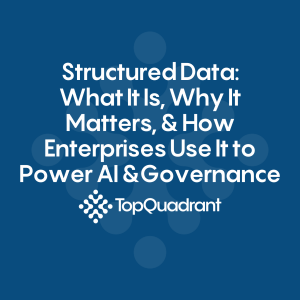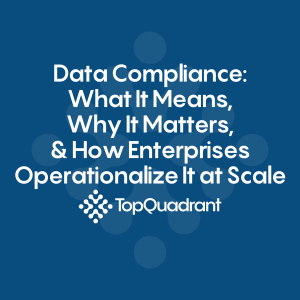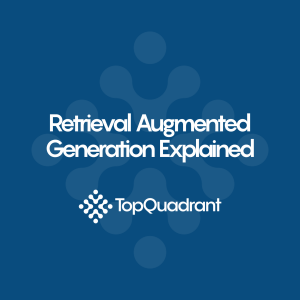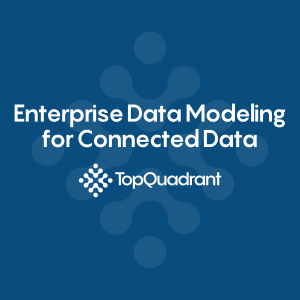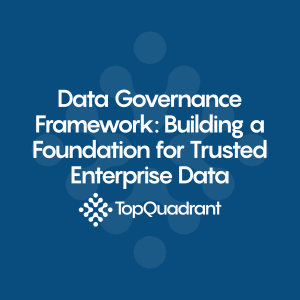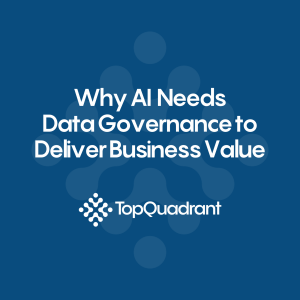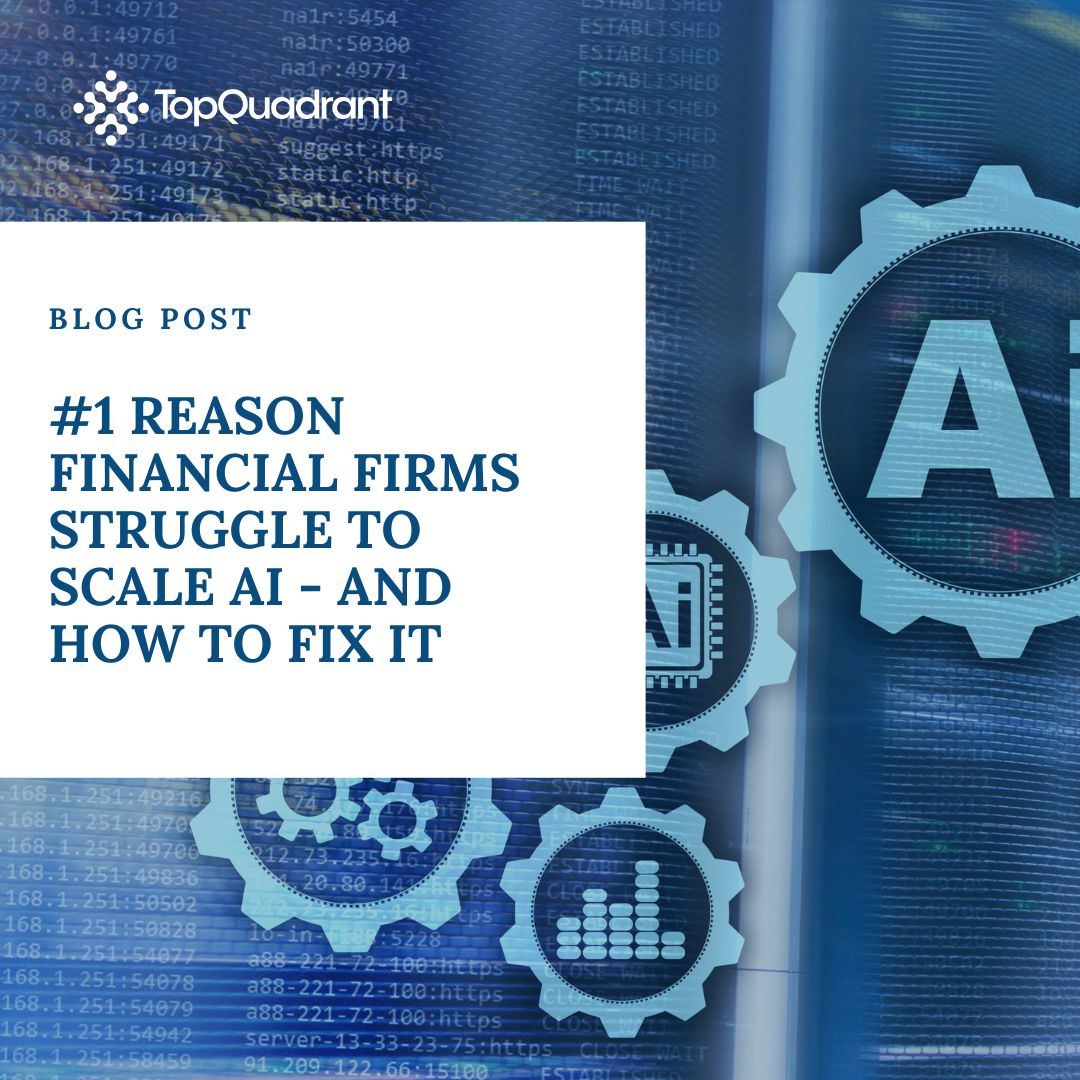Blog | Semantic AI: Unlocking the Next Wave of Intelligent Data and Governance
Summary
Semantic AI is a growing approach to artificial intelligence that leverages semantics – the meaning and context of data – rather than relying only on raw information. For enterprises, semantic AI offers a path to smarter decision-making, stronger governance, and interoperability across systems. Unlike traditional AI models that treat data as isolated points, semantic AI interprets relationships, taxonomies, and ontologies, giving organizations the ability to embed knowledge into every decision.
For industries where trust, compliance, and precision are non-negotiable – such as financial services, life sciences, and media – semantic AI unlocks scalable intelligence and bridges the gap between raw data and business meaning. In this article, we explore what semantic AI is, why it matters, and how it aligns with data governance and metadata management initiatives.
What is Semantic AI?
Semantic AI is the integration of semantic technologies – knowledge graphs, ontologies, taxonomies, and metadata – with artificial intelligence. The goal is to enable AI systems to understand the meaning behind data. Instead of seeing “account number” and “customer ID” as two separate fields, semantic AI recognizes them as related concepts within a business context.
This context-driven approach gives enterprises:
- Data that is machine-readable and interoperable
- More accurate insights from AI models
- Stronger governance and explainability
Traditional AI often delivers results without transparency, leaving decision makers questioning “why.” Semantic AI grounds those results in context, giving organizations confidence and accountability.
Why Semantics Matter for AI
Semantics matter because organizations are no longer dealing with just structured data. Unstructured sources such as documents, clinical notes, customer interactions, and regulatory filings hold critical value but are difficult for traditional AI to interpret.
By applying semantic layers, businesses can:
- Connect structured and unstructured sources into a unified data fabric
- Translate raw data into concepts and relationships
- Improve how AI models are trained, queried, and governed
For example, a pharmaceutical company researching adverse events can connect medical terms from clinical trials with patient reports and regulatory filings. A semantic layer ensures consistent meaning, enabling AI to extract insights without duplication or misinterpretation.
The Role of Knowledge Graphs in Semantic AI
Knowledge graphs are a foundational element of semantic AI. They organize data into nodes (entities) and edges (relationships), which allows both humans and machines to navigate complex connections.
In semantic AI, ontologies provide definitions and rules for concepts. Taxonomies classify and structure information. Metadata provides descriptive context for governance and discovery. Together, these elements allow enterprises to build a knowledge graph that fuels AI with meaning.
Semantic AI and Data Governance
One of the biggest challenges organizations face with AI adoption is governance. Without governance, AI models can produce biased, inaccurate, or non-compliant outcomes. Semantic AI addresses these concerns by embedding rules and business context directly into the data layer.
For example:
- Regulatory frameworks can be represented as ontologies, ensuring AI models operate within compliance boundaries.
- Metadata standards can be enforced at ingestion, so all downstream AI applications consume trusted data.
- Data lineage becomes traceable, so organizations can explain AI decisions and meet audit requirements.
Benefits of Semantic AI for Enterprises
Improved Interoperability
Semantic AI enables different systems to “speak the same language,” breaking down silos and connecting applications.
Greater Explainability
Because semantics bring context, AI results are easier to explain to regulators, executives, and business users.
Accelerated Innovation
With machine-readable data, enterprises can more easily train and deploy AI models, reducing the time between data collection and actionable insights.
Regulatory Confidence
Industries with strict oversight gain an added layer of compliance by ensuring AI operates within structured, governed parameters.
Semantic AI vs Traditional AI
| Traditional AI | Semantic AI |
| Focuses on pattern recognition in raw data | Focuses on meaning and relationships |
| Often operates as a “black box” | Provides explainable and transparent results |
| Requires large volumes of labeled training data | Leverages existing ontologies, taxonomies, and metadata |
| Works well for prediction | Works well for governance, compliance, and reasoning |
Semantic AI does not replace traditional AI, it enhances it. By layering semantics, organizations can combine predictive power with contextual intelligence.
Use Cases of Semantic AI
Financial Services
Banks can use semantic AI to connect customer data, regulatory requirements, and risk models. This ensures compliance while improving fraud detection and customer personalization.
Life Sciences
Pharmaceutical organizations can unify clinical trial data, genomic research, and patient records. This accelerates drug discovery and ensures consistent terminology across studies.
Media and Communications
Semantic AI helps organize massive content libraries, enabling personalized recommendations, improved search, and metadata-driven workflows.
Semantic AI and the Future of Data Readiness
AI is only as effective as the data it consumes. Semantic AI directly aligns with the concept of data readiness, ensuring that data is accurate, connected, and interpretable by machines. For enterprises embarking on AI transformation, semantic AI is the bridge between raw information and meaningful intelligence.
How TopQuadrant Supports Semantic AI
TopQuadrant delivers solutions that make semantic AI practical for enterprises. By combining knowledge graph technology, metadata management, and data governance frameworks, TopQuadrant helps organizations build semantic layers that support AI initiatives.
With the TopBraid platform, organizations can:
- Build enterprise knowledge graphs
- Govern data with ontologies and taxonomies
- Enable interoperability across siloed systems
- Prepare data for trustworthy AI
TopQuadrant’s expertise ensures that semantic AI moves beyond theory into scalable enterprise practice.
Conclusion
Semantic AI is not a replacement for artificial intelligence – it is the missing piece that makes AI truly intelligent, explainable, and enterprise-ready. By embedding meaning, context, and governance into the data layer, semantic AI unlocks value across industries and ensures that organizations can trust the outputs of their AI investments.
For enterprises in financial services, life sciences, and media, the path forward is clear: semantic AI is the foundation of responsible, future-proof AI adoption.
-
Data Governance67
-
Vocabulary Management9
-
Knowledge Graphs43
-
Ontologies15
-
Data Fabric8
-
Metadata Management18
-
Business Glossaries6
-
Semantic Layer11
-
Reference Data Management7
-
Uncategorized2
-
Data Catalogs15
-
Datasets11
-
Taxonomies4
-
News5
-
Policy and Compliance5
-
Life Sciences6
-
Automated Operations6
-
Financial Services10
-
AI Readiness25
-
Podcasts1
